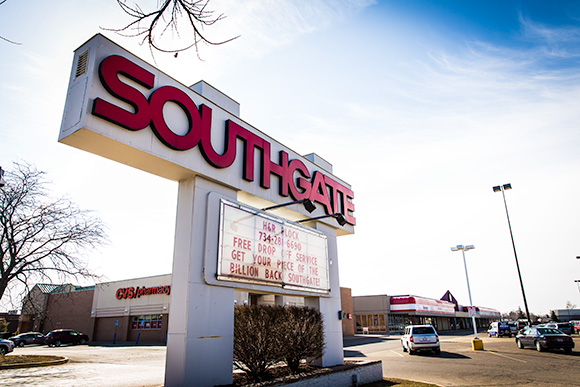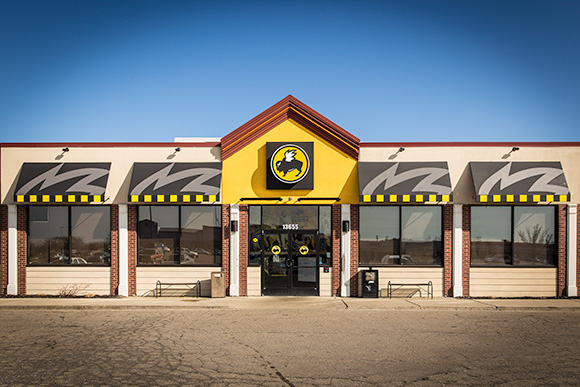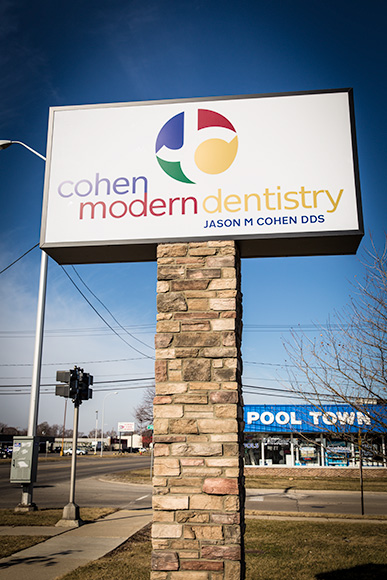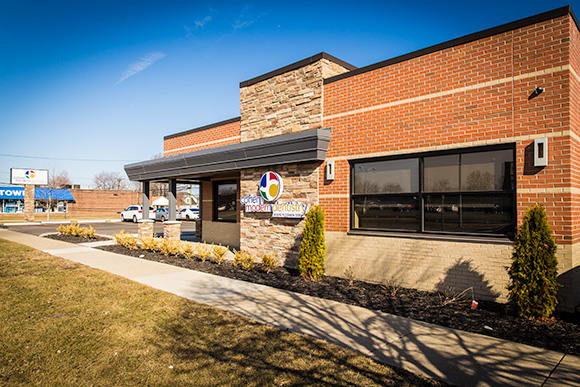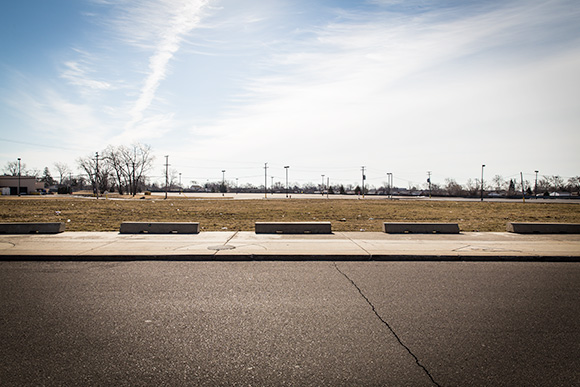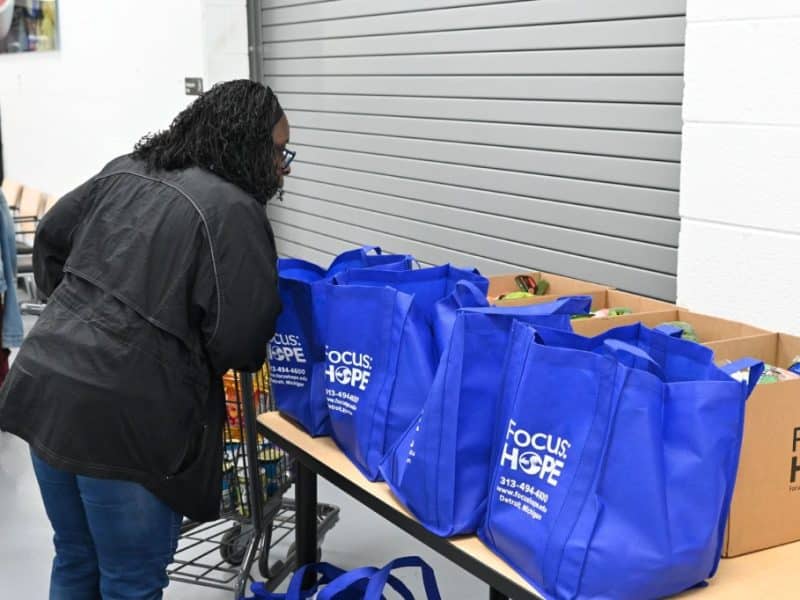Walkable, urban…Southgate? Rethinking Suburban Design
It's no secret that people and businesses are looking for communities with vibrant, walkable downtowns. What's a suburb dominated by shopping centers to do? Southgate has some innovative ideas about how they can thrive in the 21st century.
Getting your Trinity Audio player ready...
If you didn’t know Joseph Kuspa was the mayor of Southgate, you’d probably assume he was talking about another city.
“I think this can serve as a catalyst for creating a walkable district. I think that’s really our future,” he says. “If you reinvest in your community, you can create that sense of place and bring the community closer.”
Southgate? Walkable? The Southgate with the five-lane highways and no traditional downtown district?
Yup, that’s the one. It’s also the community that is about to turn the former anchor of the Southgate Shopping Center into a community amphitheater and park area — while the rest of the mall remains open for the business.
For years, conventional wisdom in the development world has been: urban, good; suburban, bad. Sprawl bad; density good. Walkability good; five-lane highway through the middle of town, way, way bad. This thinking has been a boon for formerly abandoned historic downtowns across the nation, but often at the expense of shifting abandonment to the sprawling commercial areas that stole the spotlight decades ago.
While you’d be hard-pressed to find many tears shed for a vacant Kmart on the edge of town as locals turn to farmer’s markets and downtown hardware stores, what of the communities without traditional downtowns? Are they just out of luck? Have they simply had their day?
Southgate, for one, refuses to take the trend lying down. If walkability and placemaking is good for downtowns, they’ve decided it can be good for them too.
“I hear that resistance. It’s anti-cyclical to what people are used to now,” Kuspa says. “Our challenge in the suburbs is not development, it’s redevelopment. It’s redefining your community to meet the needs of your residents and future residents.”
Built in the 1960s, the 140,000 square foot Montgomery Ward building that once stood where the amphitheater will be was once the heart of Downriver, which made Southgate a focal point in the region. After more than 15 years of vacancy, the site’s history makes it an appropriate launching pad for Kuspa’s vision for Southgate 2.0.
“The community has a lot of emotional connection to the center, even though so many of the stores are gone,” says Kuspa. “They had a real affection for what the Southgate Shopping Center represented.”
Perhaps the most fascinating aspect of the project is not the now demolished Montgomery Ward building, but the remaining center. Though the mall is now at about 50 percent occupancy, it’s still home to restaurants, retail and service businesses, including the new and growing Downriver Gymnastics. It’s just the sort of business mix that could benefit from the potential festivals, farmer’s market, amphitheater and jogging track that are all a part of the five-acre project.
With financing secured through grants and public funds, the $300,000 Phase I of the amphitheater project is now out for bid, and will soon begin after years of planning. A Phase II, including a splash park will come next. But the center isn’t the only way Southgate is using urban development thinking to revitalize a decidedly suburban area. The Downtown Development Authority — yes, Southgate has a DDA — has invested in a recent streetscape project and has been offering facade improvement grants to businesses for years, two strategies straight out of the downtown development playbook.
“We are an aging city. Upkeep is important,” says DDA director Laura Snyder. “When people go to a downtown, they want it to look nice. We want to attract them to our city too.”
Are urban development techniques in a suburban area clever and innovative thinking or a naive attempt to be something Southgate simply isn’t? As a founding member of Detroit’s Eastern Market Corporation and longtime Eastern Market wholesaler, the experience behind Kuspa’s vision puts the odds on the former.
He imagines a near-future Southgate where the community gathers at the center for shopping during the day, stays for a concert in the evening, then walks to a restaurant for dinner. Parents jog on the outdoor track while their kids are in gymnastics. Farmer’s market patrons sit down in a coffee shop with their groceries. That’s the kind of bustle that could change the remaining vacancies at the Southgate Shopping Center into occupancies in a hurry.
“Every city is different, but I like what we’re doing here and I can see it being replicated,” Kuspa says. “There are so many of these structures sitting around. I think we’re going to see some economic results.”
With future plans to create walkable linkages between existing Southgate parks, the vision for the suburban-style community isn’t to pretend they’ll suddenly rival Ann Arbor’s walk score, but to be as urban as they can reasonably be.
“I don’t see us ever being walkable from one end of town to the other,” says Snyder. “I see walkable areas, and you may drive to get there, but then you can park and walk from place to place.”
A new kind of walkability for a new kind of urban space could very well be the answer for communities throughout the state with large, commercial vacancies whose purposes have become long passé. While urban areas may have all the momentum in development circles, Southgate is working to prove that doesn’t mean it’s the end of the line for communities like their own. A little urban redevelopment seems to be suiting this ‘burb just fine.
Natalie Burg is a freelance writer, the development news editor for Concentrate and a project editor for Issue Media Group.

